The Castle of Lichtenberg, located in the Bas-Rhin in the north of Alsace, at the border with the Moselle, is one of the most beautiful castles of Alsace... However, it is not so well known! If almost all visitors go to the Haut-Koenigsbourg Castle, the Lichtenberg Castle is more confidential.
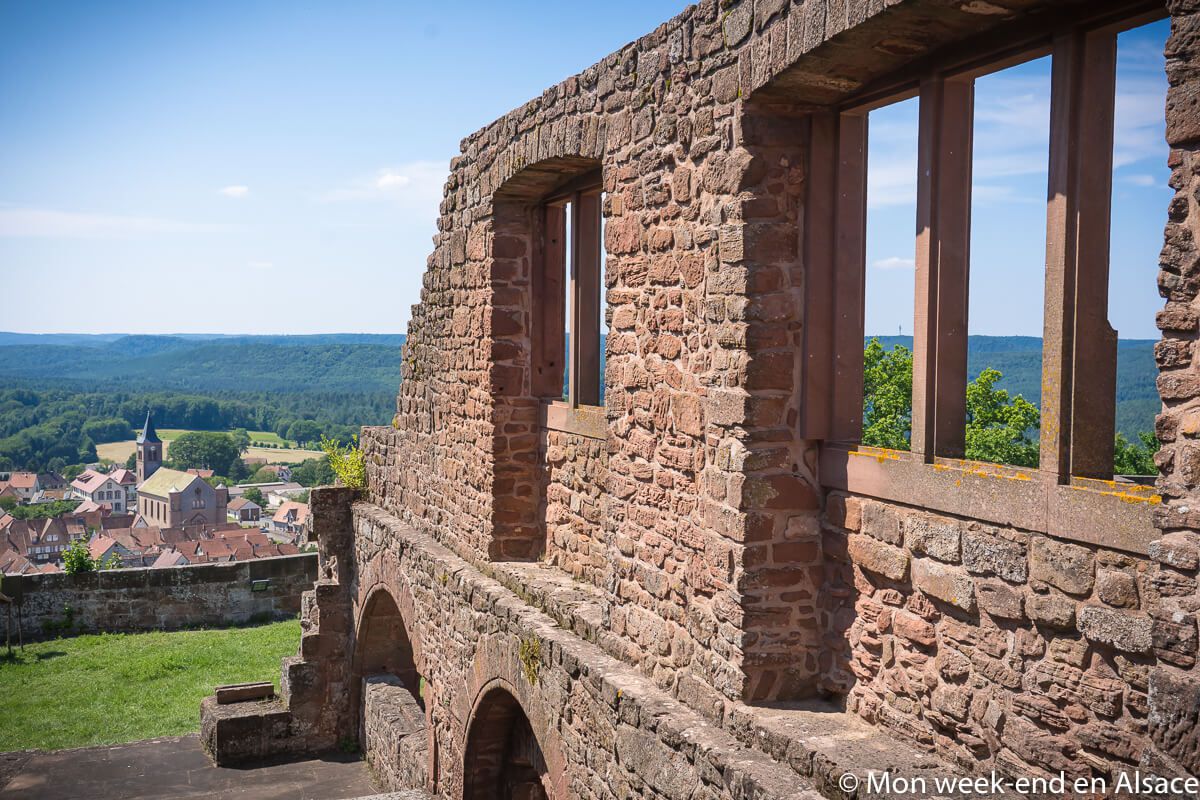
I was very surprised when I got there by its size and its good state of conservation. We have a lot of castle ruins in Alsace, but few of them are in such good condition.
It must be said that this castle has undergone significant rehabilitation: contemporary elements have been added to the existing ruins (already quite substantial!), making the castle unique for its mixture of ancient and modern architecture.
History of Lichtenberg Castle, jewel of the Northern Vosges
Thehistory of Lichtenberg Castle dates back to the 13th century, when it was built by the Lichtenberg family. The position of this residence of the lords is of course not insignificant: perched on the heights, it makes it possible to supervise the surroundings but also… to be seen and thus to show its power.
In the 16th century, the Count of Hanau-Lichtenberg had the castle transformed into a fortress. Indeed, a new weapon has appeared, the cannon, and we must adapt to it. Daniel Specklin, a famous architect from Strasbourg, was in charge of adapting his fortifications to the use of cannon. In the 17th century, the castle taken by the troops of Louis XIV became one of the defensive fortresses of the region and was reinforced by Vauban.
It was then destroyed during the war of 1870 and left in ruins. The site of the castle becomes a place of walk, but will be used again in 1945: the inhabitants then come to take refuge there to protect themselves from the bombardments.
Finally, in 1990, a major restoration project was launched to turn Lichtenberg castle into a heritage interpretation center , focusing on the theme of heritage and artistic creation. It is now an essential place of historical discovery, exhibition, meeting, artistic experimentation and performance.
A historical monument with an original architecture
One of the elements that distinguish the castle is its architecture. Not only is there a variety of styles due to the castle’s rich history, but alsocontemporary architecture blends with the ancient elements of the historic monument. Some love it, others hate it: I’m in the first category, I find the whole thing very successful! The pink sandstone of the castle (typical of the Northern Vosges) blends harmoniously with the elements of copper, wood and glass that have been added by contemporary creation. This bold architectural gamble is successful in my opinion!
I also like the fact that all these elements are reversible: in the future, it is therefore possible for future generations to make other choices and find the ruins of the castle as they were.
This choice is not only aesthetic: it marks the will to inscribe the castle in its history by adding contemporary elements to its nine centuries of existence. Moreover, if the choice had been made to go for “identical” restoration, impossible questions would have arisen: which period to choose knowing that the castle has evolved a lot over the centuries? And how do you do this in the absence of detailed plans? This choice was only made for the restoration of the guardhouse, which had only one function in the past and for which we had military plans.
Visit of the castle of Lichtenberg
Plan to park on the village square and walk up (10 minutes), this will get you started ? The tour starts here, explanatory signs are placed along the way.
Then you enter the restored fortress of Lichtenberg Castle. Even if you don’t want to do the tour, you can already enter the courtyard to have a nice overview, but of course I advise you to take a ticket to visit it: it is really impressive and you will have throughout the visit ofinteresting explanation panels.
You won’t find any furniture inside, but there’s plenty to do by looking at the buildings and the variety of architectural styles that are mixed in.
Children should also enjoy the visit: wooden games are installed everywhere to make the tour more fun.
In addition to the visit, the castle of Lichtenberg regularly offers temporary exhibitions and various activities (stargazing evenings, theatrical visits, shows in the auditorium…)
What’s next?
If you come in the area, do not hesitate to visit the Lalique Museum located in Wingen-sur-Moder, the Houses of the Rocks of Graufthal or La Petite Pierre. There are also some very nice hikes to do in the Vosges du Nord Regional Nature Park.
I liked
- Superb castle
- Mix of architectures
- Visit adapted to children
- Included in the Alsace Pass
I liked a little less
- Nothing!
My photos of Lichtenberg Castle

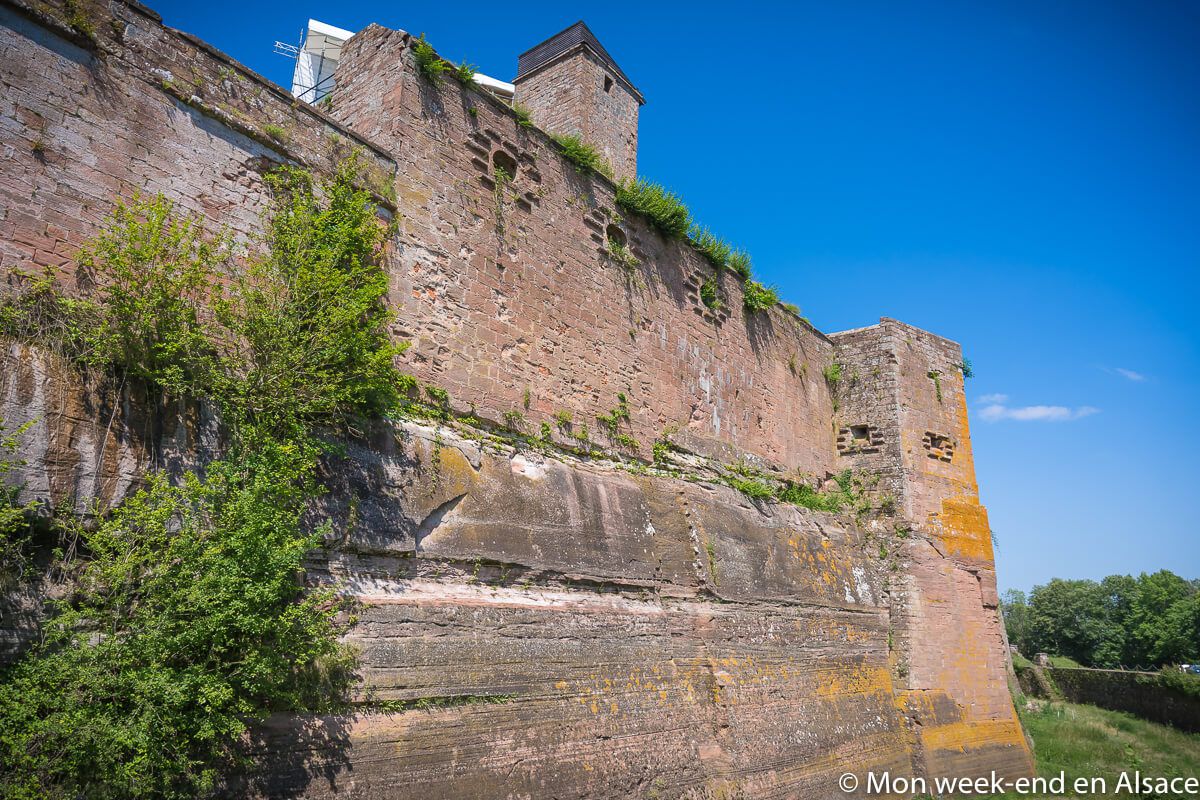
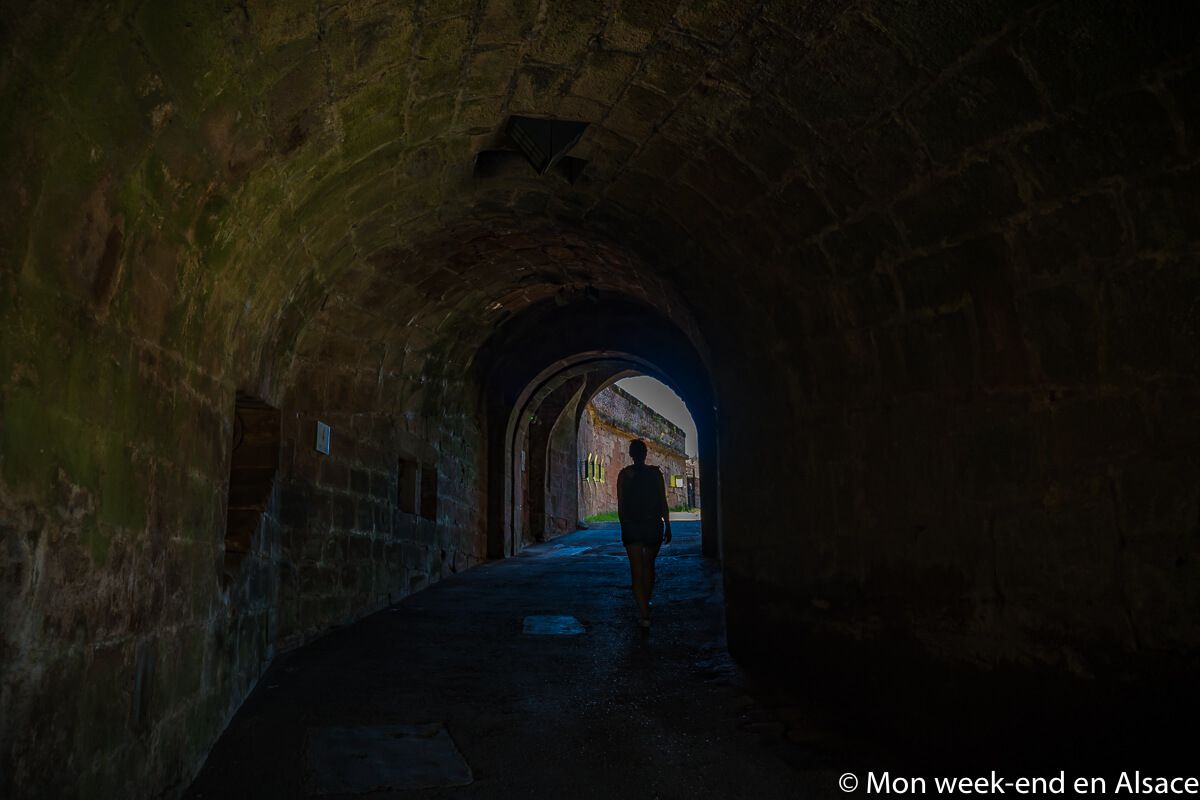
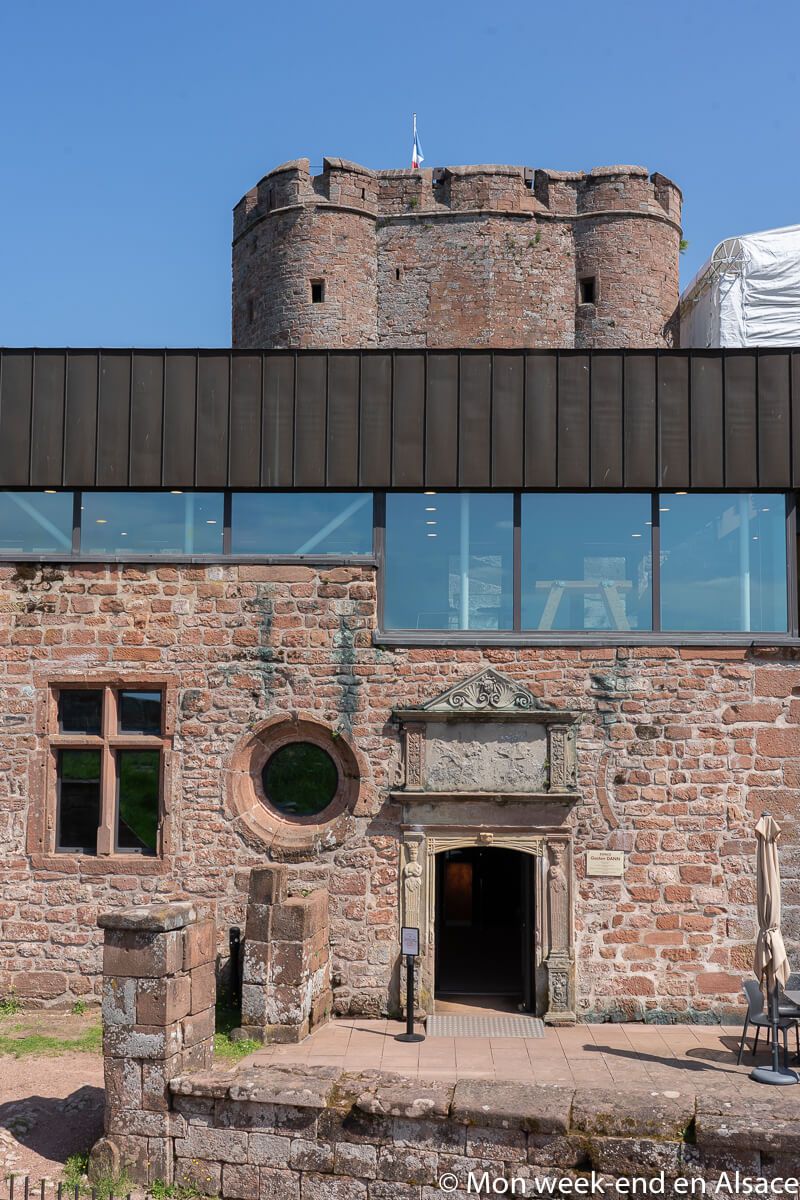
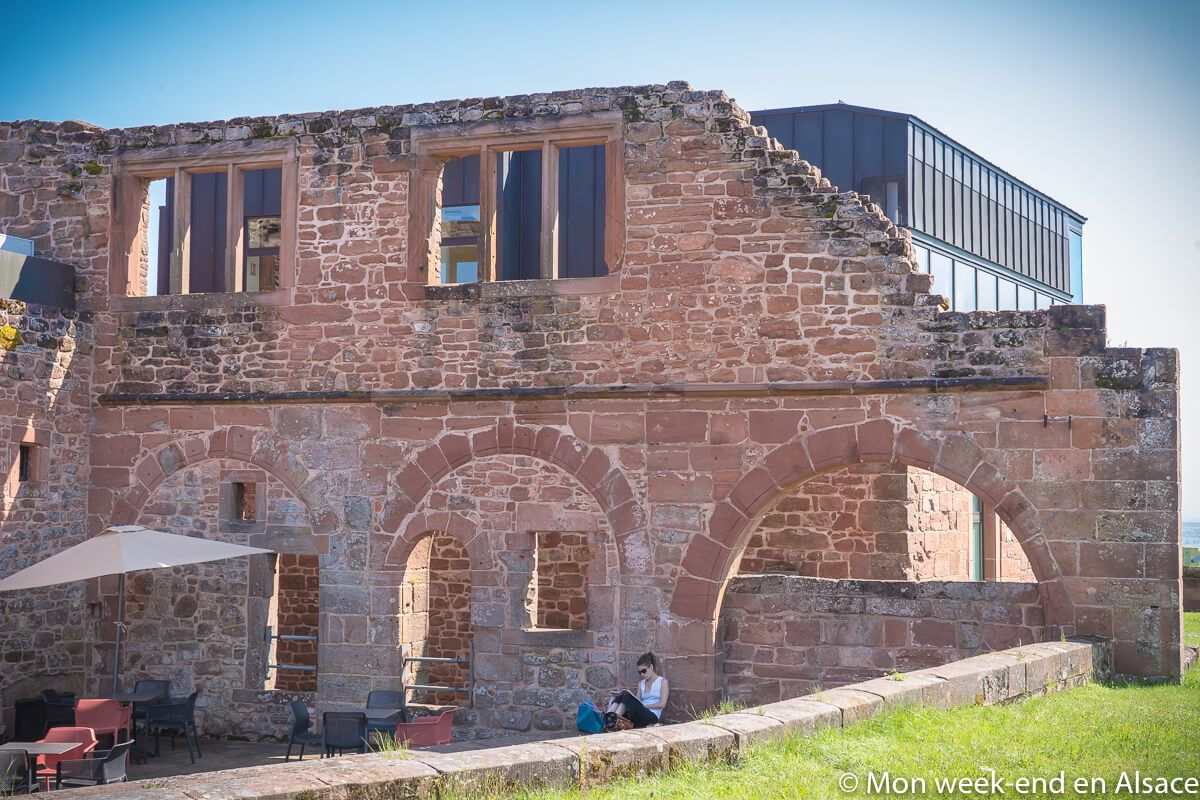
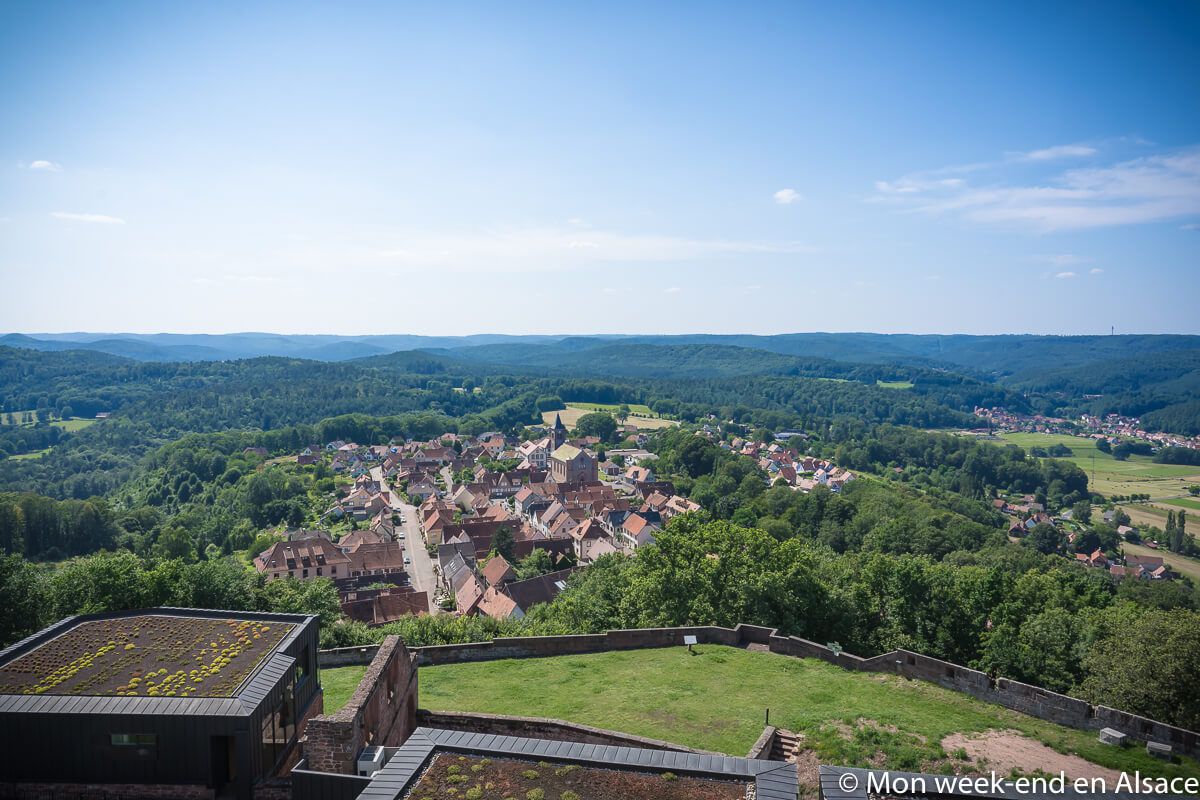
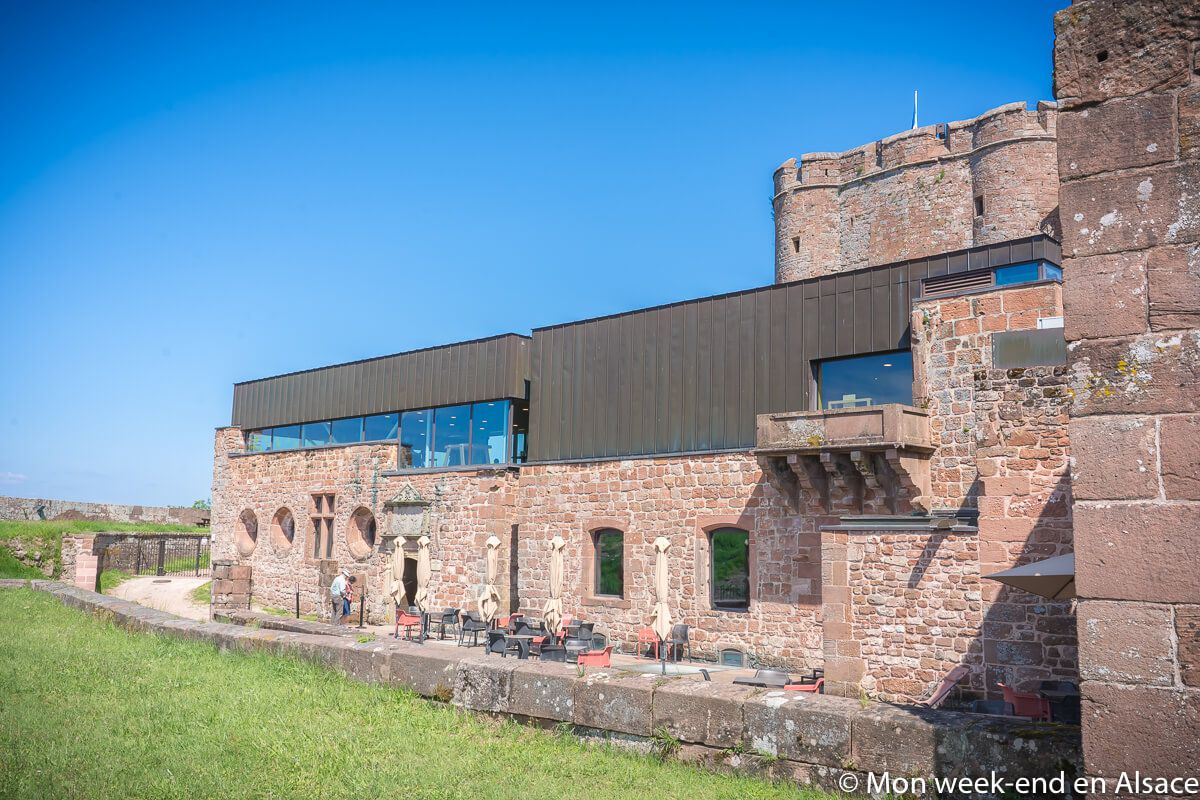

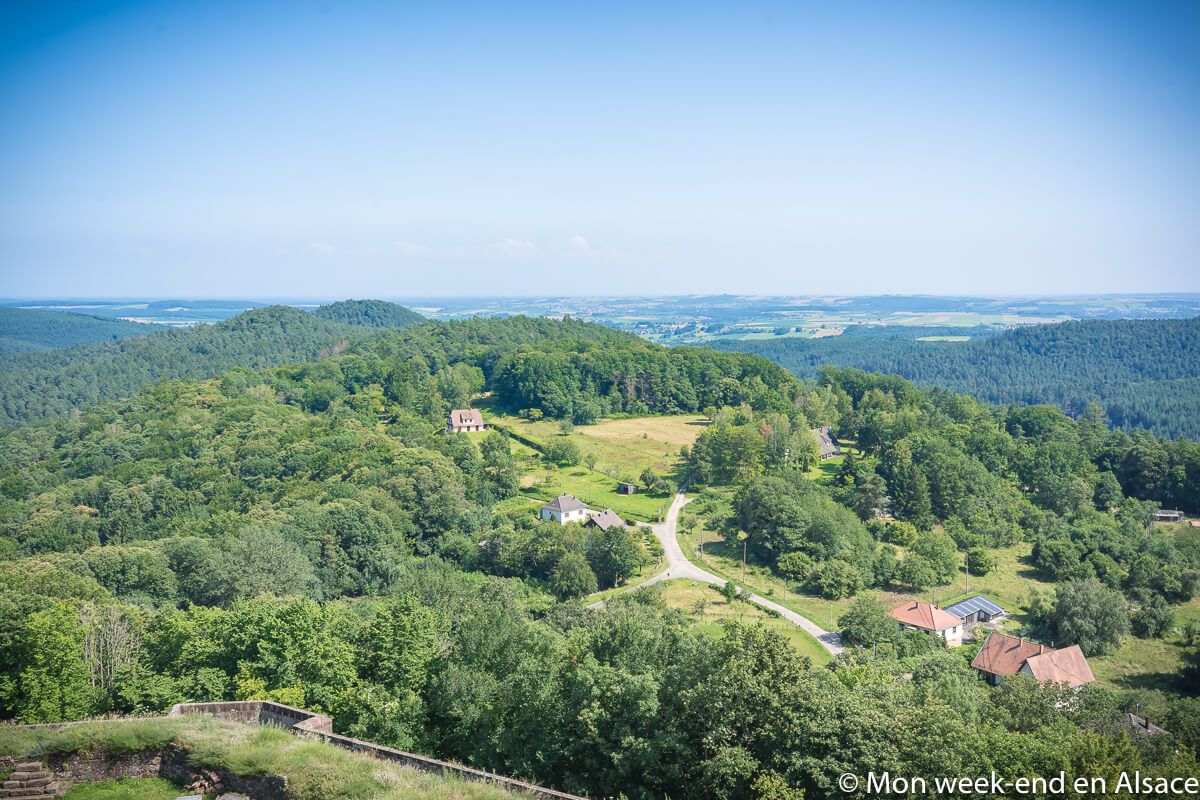

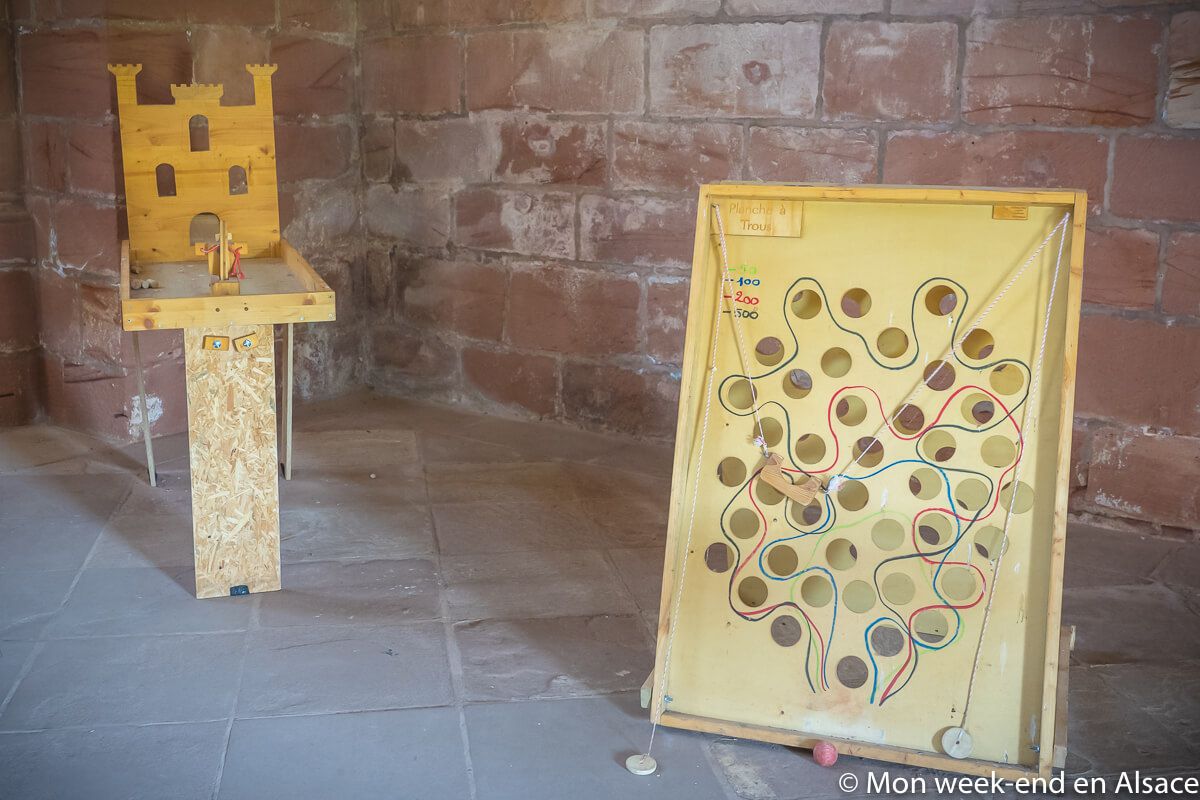
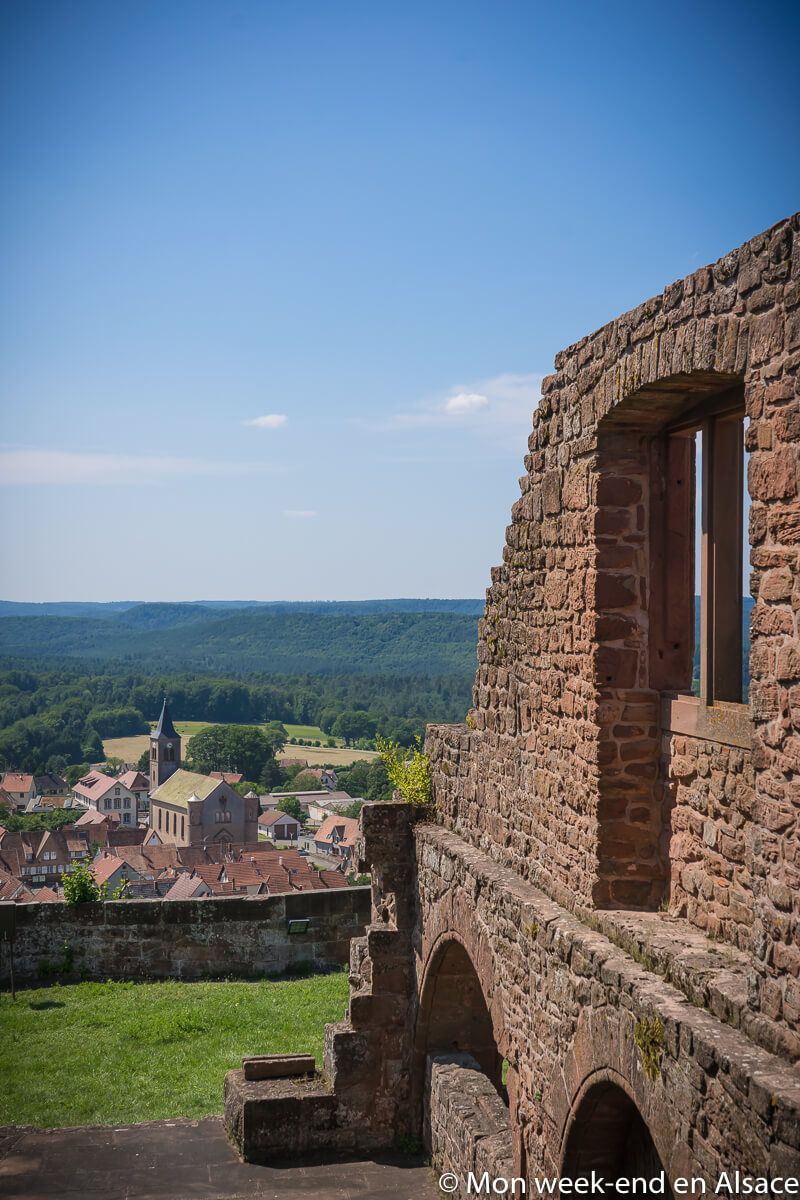
Practical information
Opening hours, tickets and prices
Here you can find the opening days and times as well as the prices of Lichtenberg Castle.
Access
By car
The castle of Lichtenberg is located in:
- 60km from Strasbourg (about 1h)
- 115km from Colmar (about 1h50)
- 160km from Mulhouse (about 2h15)
By public transport
You can calculate your route on Fluo Grand Est.


